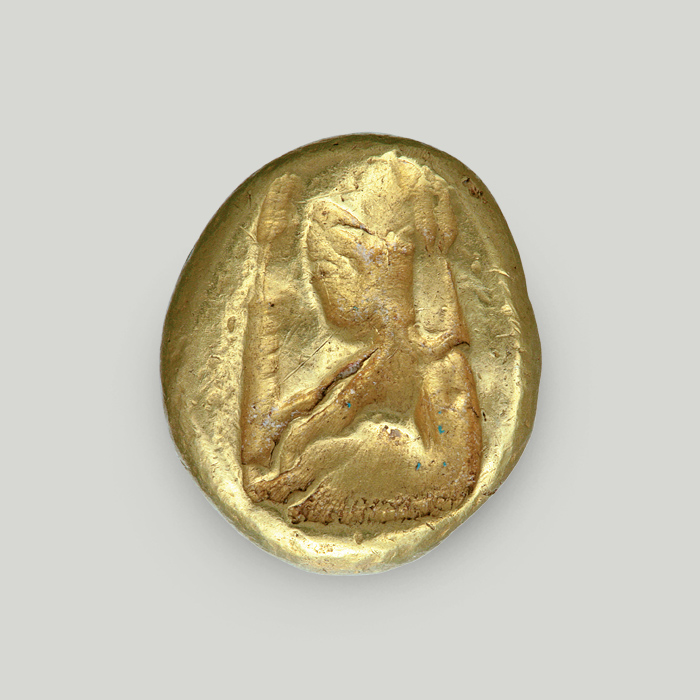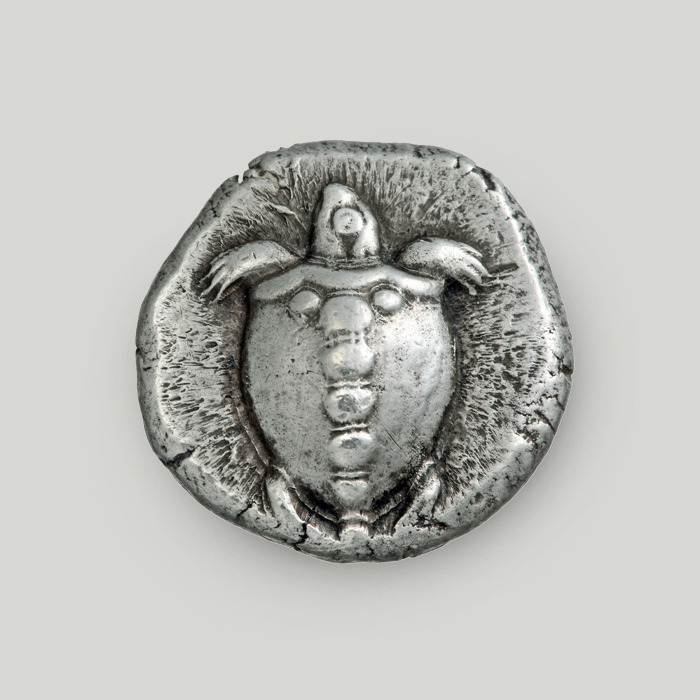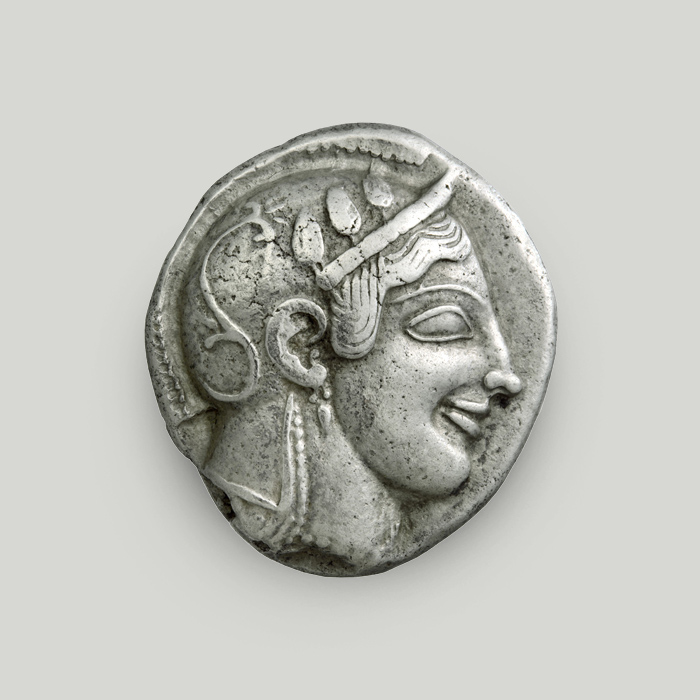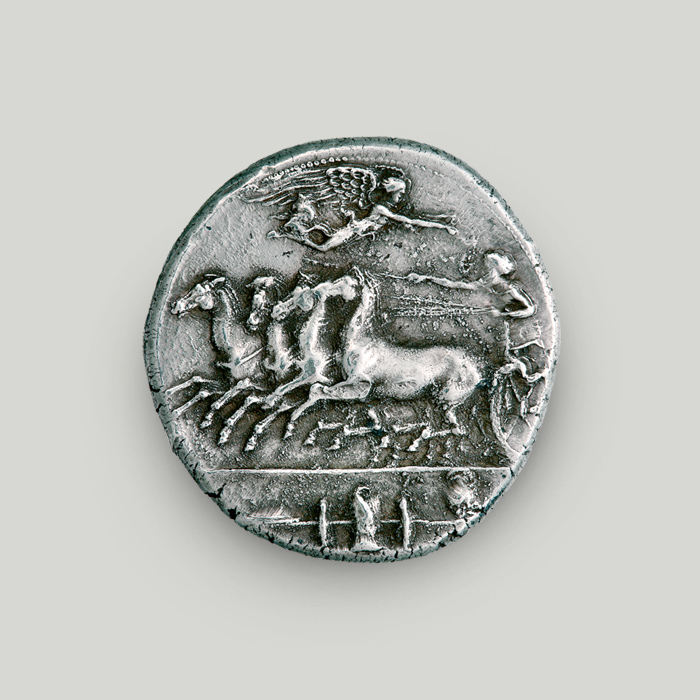Daric – gold stater of the Achaemenid Empire
The daric was the gold stater of the Achaemenid Empire and the Persian standard. It was named after King Darius the Great. In today’s terms, it was the international gold coin of the time until it was displaced by the gold coin issued by King Philip II of Macedon. Ancient sources call darics “archers” because of the type depicting a king with a bow.
Obverse
King striding. He holds a spear and a bow.
Reverse
Incuse rectangle.
King Darius and his reforms
Darius I ruled Persia for 36 successive years from 521 BCE to his sudden death in 485 BCE. He was born to satrap Hystaspes and his name meant “he who provides goodness” in Persian.
Having vastly expanded the empire’s territory, he earned the title of “Great King”. His desire was to rule over both coasts of the Aegean. In this context, he launched the expedition against the Greek city states, later continued by his son Xerxes.
During his reign, he also:
- Quelled several revolts (such as the Ionian) and planned the expeditions against Greece and Scythia.
- Organised public finance and taxation to better manage the empire’s resources.
- Supported the arts, architecture in particular.
- Reorganised the administrative structure (by creating the system of satrapies) along with the economic, political and taxation system of the Achaemenid dynasty.
The currency of the Great King
Darius introduced a new gold coin of standard weight in the late 6th century BCE. It was named after the Great King and was known as the “daric” already in antiquity.
The gold used to mint the coins was of excellent quality (purity of 95.83%).
Each weighed about 8.4 grams and equalled 20 silver coins.
Gold and silver as the bimetallic standard
Along with the daric, the Persians also issued the siglos. The siglos was a silver coin bearing the exact same type.
The practice of issuing and using both gold and silver coins at the same time is known as bimetallism. Croesus, the king of Lydia, had been the first to use this practice.
Coinage as a means of propaganda
The type depicting the king as an archer, along with the purity of the gold used, propagandised the 2 pillars of the Persian Empire: great military power and untold wealth.
The daric in Herodotus
The daric is mentioned for the first time in Greek in Herodotus’ Histories.
There, he describes the encounter between Pythius, a wealthy Lydian, and the Persian King Xerxes. In Herodotus’ account, Pythius claimed that his fortune was 4 million gold darics – a tremendous amount at the time.
A currency without borders
In today’s terms, the daric became the international gold coin of the time until it was displaced by the gold stater of Philip II of Macedon.
Darics were used in neighbouring territories beyond the borders of the Persian Empire, which was a marker of the empire’s vast economic growth.
Staters in antiquity
The word “stater” corresponds to an ancient coin denomination. Etymologically, it is derived from the Phoenician schequel, which denoted a coin weighed to comply with a specific standard.
The weight of a stater varied significantly by region, and according to the weight standard applied by the mint.
The coin in our publications
The daric, the gold stater of the Achemenid Empire, is mentioned in the book Coins in the Ancient Greek World by Dr Dimitra Tsangari. This publication follows the history of coins from their invention (late 7th / early 6th century BCE) to the end of the Hellenistic period (2nd century CE). It also includes photos of 38 coins from the Alpha Bank Numismatic Collection.
Buy the publication Coins in the Ancient World on the Alpha Bank e-shop.
The Alpha Bank Numismatic Collection is not open to the public.
Research visits to the Numismatic Collection can be organised upon request.
Contact us to book your visit.








